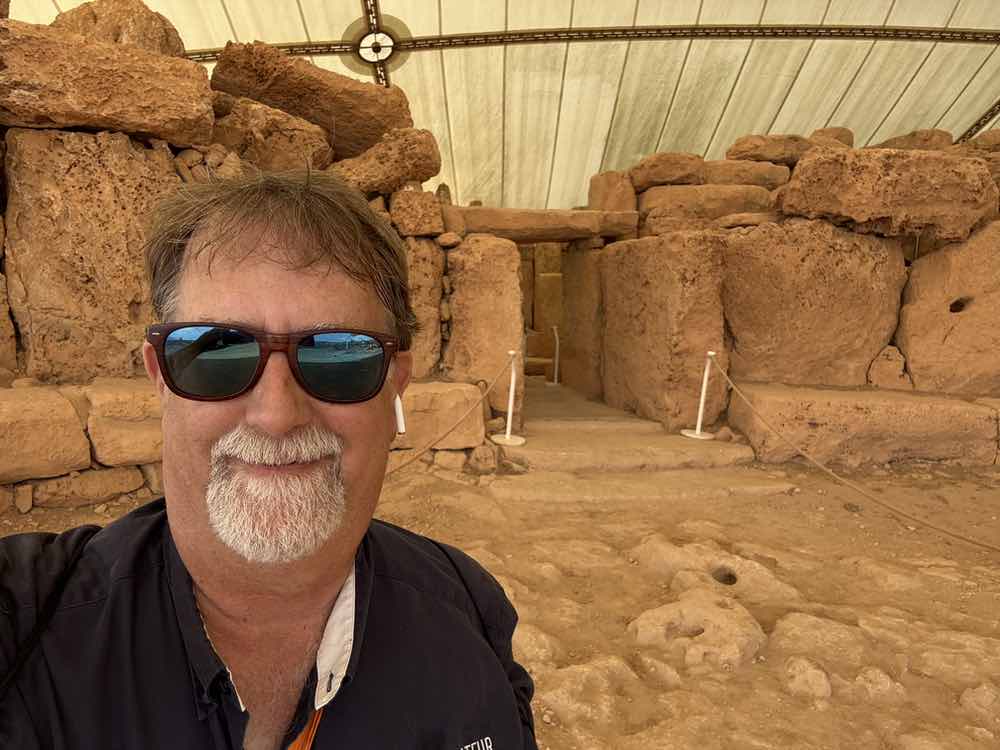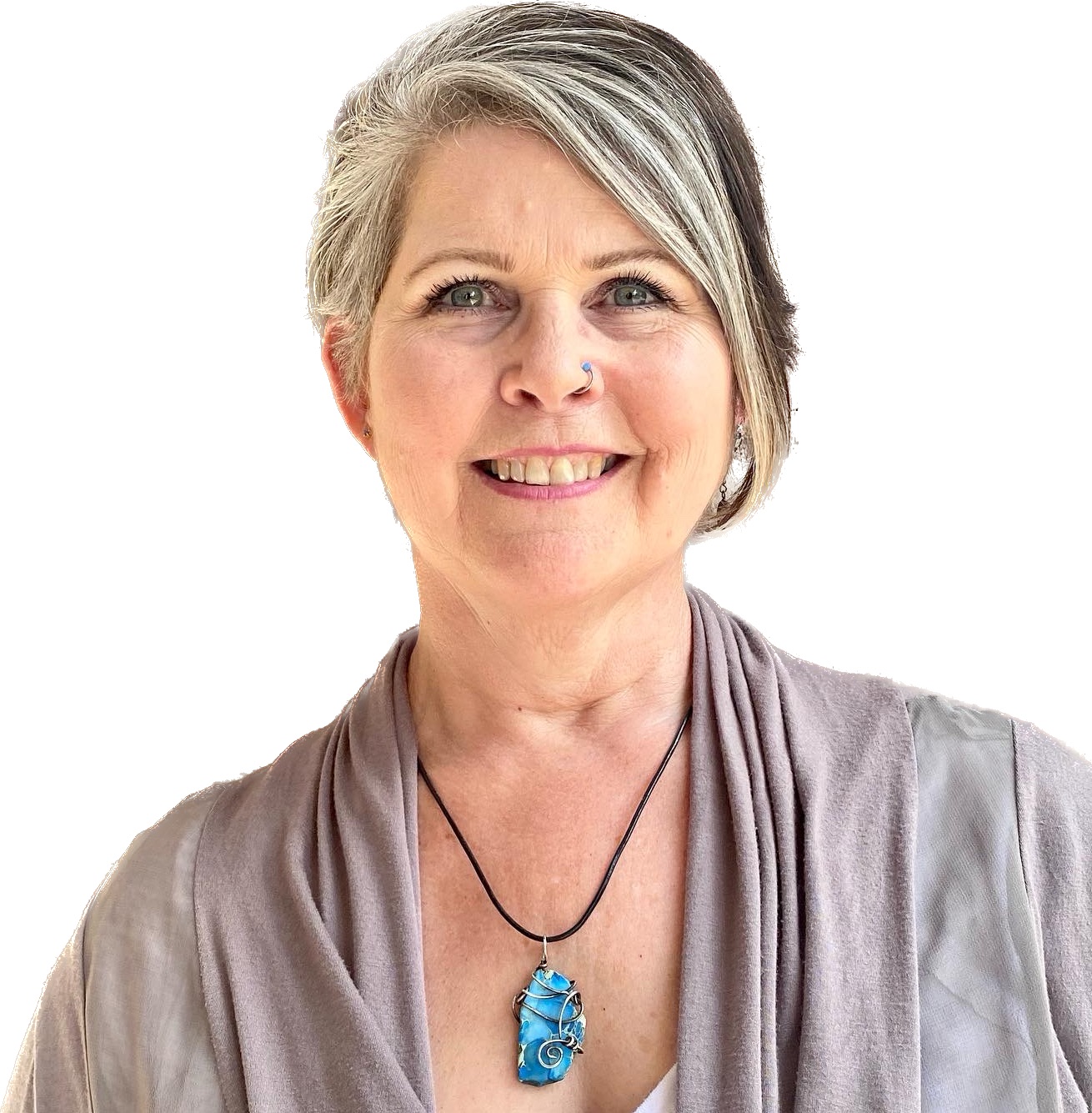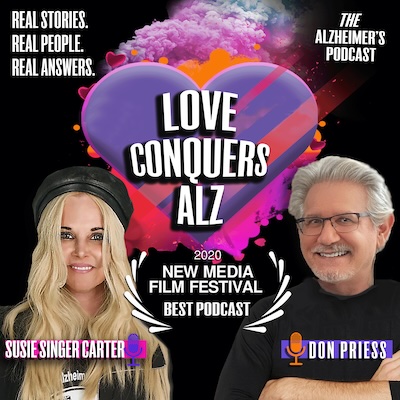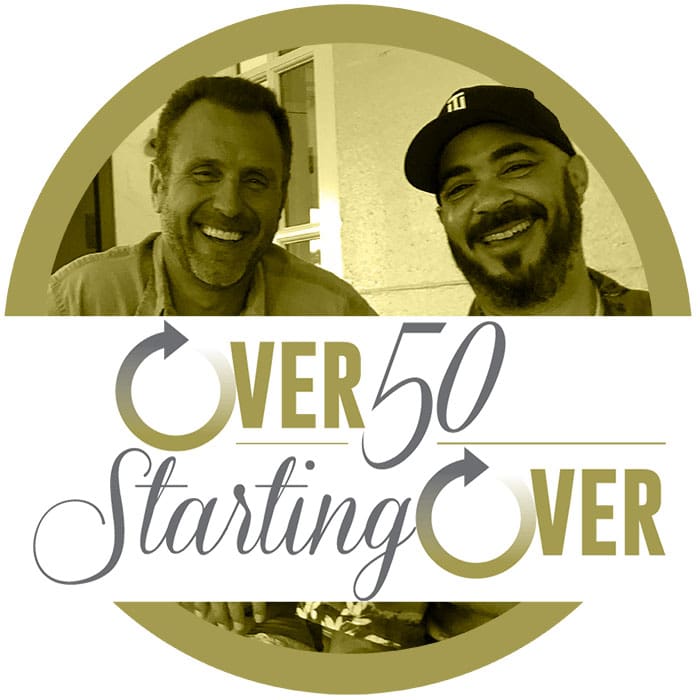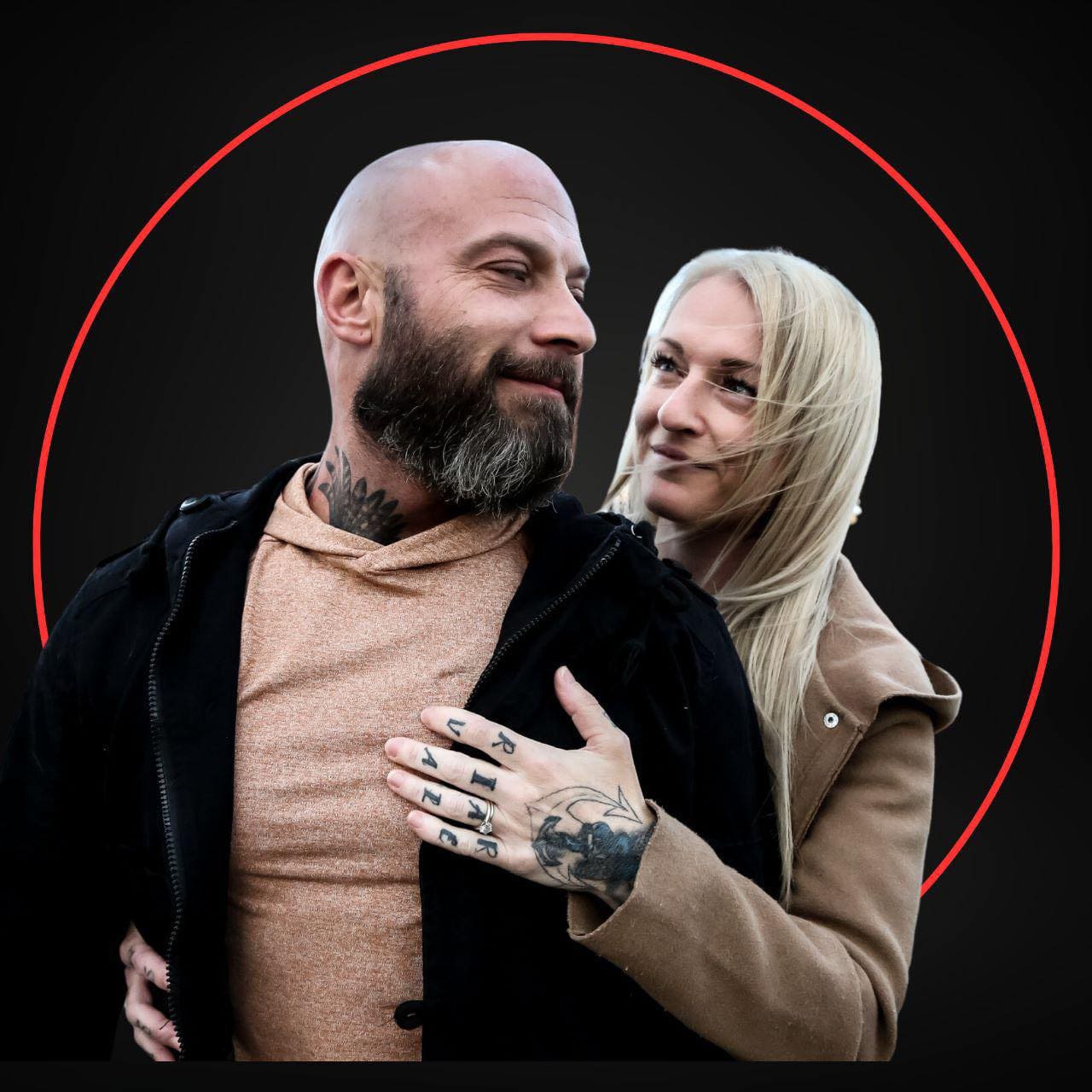Building Your Resilience Toolkit
Building your resilience toolkit will help you navigate endings.
In February 2009 my beloved Father passed away. Within two years of that my second marriage was over, I had moved out of my beautiful home, I had sold my business (for a loss) and I found myself sitting in a workshop on gratefulness. Only I could not think of anything I was grateful for. I was living in Northern Virginia, away from all my family. I was so depressed, so depleted, my heart was so closed, I could not remember what I liked to do, what made me happy.
It took me a few years to really find my way through. It took baby steps during my transition from being my father’s daughter, a wife, a business owner … to becoming the person I am today.
In my interview with Michelle Fishburne, author of “Who We Are Now, Stories of What Americans Lost and Found During the Covid-19 Pandemic,” we talked about resilience, transitions and strategies for overcoming some of life’s big challenges.
Michelle faced numerous challenges. She had lost her job and could not find another one. Her children had both left home for higher Education. Her marriage was over and the lease on her rental was ending. Michelle made a bold decision to move into her RV and found personal Growth through traveling and collecting heartfelt stories from diverse individuals.
You Are Already Resilient
You are already resilient. How do I know that? Because you have survived every rejection, disappointment, loss, hurt, and turn of events in your life—and you figured it out. Sometimes, we just need a little help to remind us that we are resilient, and a roadmap to regain our balance.
I think this definition says it all. Resilience is taking the hard things in our lives and allowing them to make us better. As Michelle did, she turned her personal challenges into a journey of self-discovery and connection.
Here are my thoughts on building your resilience toolkit and adaptability for personal growth.
- Allow yourself to be vulnerable
Miranda Lambert has a song about a breakup. The chorus is:
“Go and fix your make up, girl, it’s just a breakup, girl.
Run and hide your crazy and start actin’ like a lady.
‘Cause I raised you better, gotta keep it together
Even when you fall apart”
“Hide your crazy! Keep it together.” A lot of people fear that their vulnerability will be seen as a weakness. They don’t think about vulnerability as being a part of resilience. Instead, they see resilience as hiding their crazy, keeping it together and moving forward.
It used to be that when I was in a state of despair and worry, I would hibernate. I didn’t want other people to see me like that. I didn’t want to be a burden to other people.
Over time, I have learned that I may need to hibernate for a short period of time. Like an animal that goes off by itself to lick its wounds. But I have also learned that staying isolated only increases the feelings of despair because we keep telling ourselves the same sad stories over and over again.
Vulnerability allows us to be seen. We risk sharing our story, sharing our hurt or fear. Speaking the story lets us hear it also, and sometimes the hearing of it removes some of its power.
Once you allow yourself to be vulnerable, you realize that there are people who care about you and are there to offer encouragement and support.
2. Develop a strong support network.
When I moved to Greenville, I moved in with my sister for a little while. She was my initial support network. I started to search on LinkedIn for local coaches I could connect with. I looked for meetup groups where I might meet people with similar interests.
Having a strong support network is vital to building resilience. When I was struggling to find what I was grateful for, I was feeling very isolated. I was far away from my family, my children were grown and had moved away, my marriage had ended. Yes, I had a few friends, but the isolation was more powerful. Once I settled in Greenville, I was closer to family and I was building new Relationships. I felt more supported.
Having this support helps us to recognize that we are not alone. We need people, we need social connections.
Sometimes professional guidance or support groups are also helpful. Local community centers, recreational classes, or online forums offer plenty of opportunities to engage with others and expand your network of support.
Additionally, building a strong support network is not a one-way street; it is essential to be an active and engaged member of your support system. This means offering the same level of support, empathy, and encouragement to others as you would hope to receive. By providing support to others in their times of need, you can gain invaluable insights into your own capacity for resilience and adaptability. Furthermore, helping others will not only deepen your connections but can also contribute to your own personal growth, as you learn from the experiences and perspectives of those around you. Embrace the power of connection and support as you journey through life, and you will undoubtedly emerge stronger, more resilient, and better equipped to handle whatever transitions come your way.
3. Embrace a growth mindset. Be curious.

Approaching difficult situations with a growth mindset means that you are focusing on the lessons that can be learned from life’s setbacks.
Reflecting on Michelle Fishburne again, at the beginning of 2020, it seemed like her world had fallen to pieces. Her response to this was to become curious. She set out in her RV to find out how Americans were coping with the pandemic. She gave herself a project that she hoped might give her some additional credibility in finding a job. It turned into a book and a self-discovery journey for Michelle. As she said in the interview, she is now “leaning into the uncertainty,” and is figuring out more about who she is and what she wants at this stage in her life.
Leaning in with an open mindset can foster a stronger sense of self, and in turn, better equip us for future challenges.
When faced with setbacks or unexpected challenges, resilience depends on how we reframe our perspective. What if we chose to look at adversity as a learning opportunity? A growth opportunity? We can use our curiosity to turn lemons into lemonade.
Taryn Marie Stejskal, Ph. D. is the author of The 5 practices of Highly Resilient People. She was interviewed for Maria Shriver’s Sunday Paper. In this interview she was asked about bouncing back from adversity.
She answered, “I don’t know when bouncing back became synonymous with being resilient. If anyone has read just one article about neuroplasticity, we know that every experience changes us down to the cellular level by way of our neurons rewiring, reshaping, regrouping, and regenerating in response to our experiences. So why would we ever expect to go back to the way we were, when we know that we are fundamentally and forever changed by life? Resilience is not about staying the same, but instead, about evolving and allowing ourselves to be changed for the better. Instead of seeing resilience as going back, as bouncing back, we get to understand that resilience is about harnessing the Wisdom, growth, and perspective we earned amidst adversity and going forward, bouncing forward, incorporating what we learned.”
Don’t you love that? You do not have to stay the same. When you evolve as a result of learning from adversity, you are actually changing your brain at a cellular level.
Building Your Resilience Toolkit
Ultimately, the journey towards developing resilience and adaptability is deeply personal and may look different for each individual. It is important to remember that this process takes time, effort, and patience, and setbacks along the way are normal and even expected. However, by being intentional about learning from adversity and setbacks, and consistently practicing resilience and adaptability, an individual can gradually build their own unique toolkit for overcoming life’s challenges. With a growth mindset and curiosity, vulnerability, and support, it is possible to not only survive but thrive during periods of change, transforming setbacks into opportunities for growth, and adversity into a catalyst for Personal Development and lasting happiness.
What other steps are you taking towards embracing resilience for personal growth? Comment below and let me know.
Connect with me here:
https://www.youtube.com/c/HeyBoomer
https://www.facebook.com/heyboomerpodcast
https://www.linkedin.com/in/wendy-green-heyboomerpodcast/
https://www.instagram.com/heyboomerpodcast/
The post Building Your Resilience Toolkit first appeared on .



